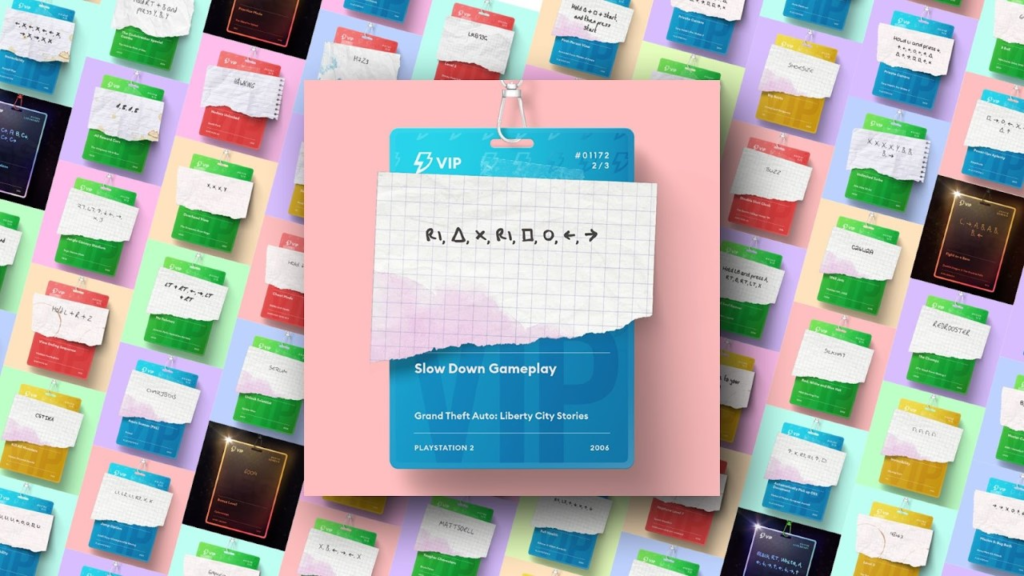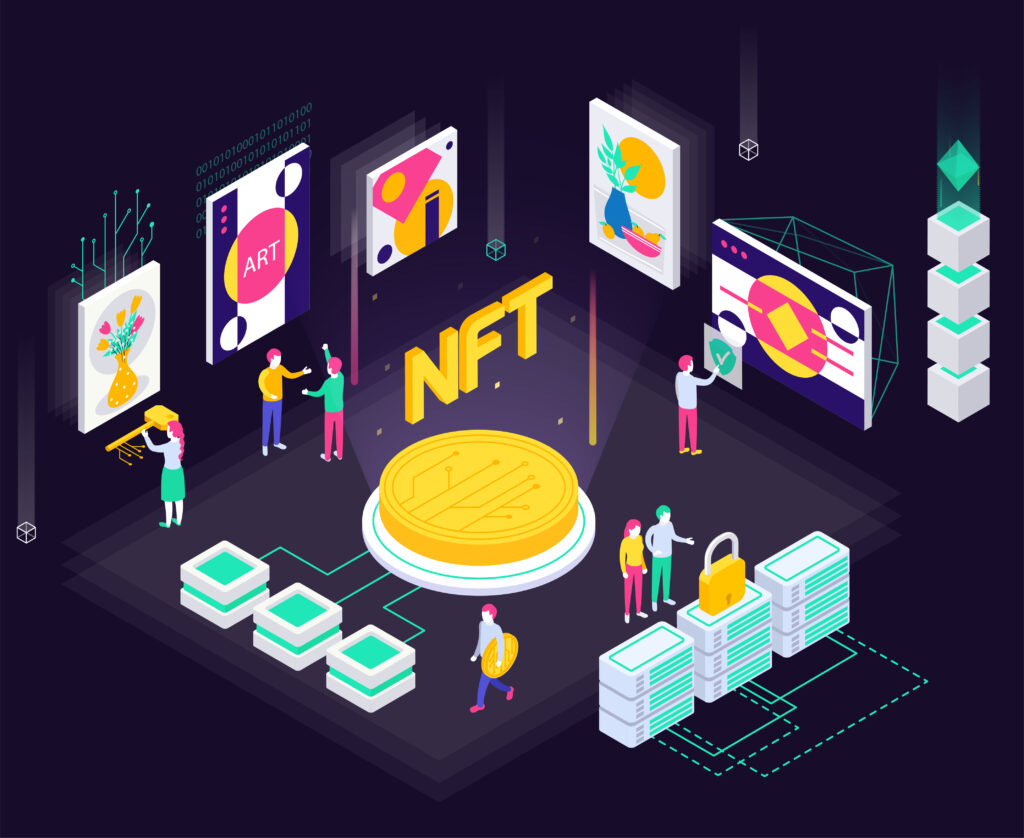
With the constant talk about the blockchain being immutable, one could be forgiven for thinking that it is, in fact, impossible to alter a transaction made on the blockchain. There are, however, certain circumstances in which this is not entirely true. And one of them is called a 51% attack.
51% Attack Explained
Bitcoin and other cryptocurrencies are produced by miners who contribute their computing power and technical expertise to the network. Since the blockchain is run by consensus, in which there is no centralized owner, a 51% attack is when an individual miner (or group of miners) manages to control more than 50% of a network’s computing power.
This would allow the miner (often referred to as a bad actor) to disrupt the network and rewrite history if they so desired, making the blockchain, in fact, mutable.
So, The Blockchain is Insecure Then?
Most cybersecurity experts agree that the blockchain is to all intents and purposes the most secure technology the world has ever seen. Thanks to its decentralization, there is no single point of failure, in which one database could be hacked. There is also no way of tampering with records without rewriting the whole network, unlike our current system, in which transactions can be modified an unlimited amount of times.
But, there is the potential for a 51% attack.
Why aren’t people more concerned about such a threat? Mainly, because if we’re referring to a massive network like Bitcoin, because it’s night impossible to pull off.
To gain the majority of such a gigantic network, the perpetrator would need vast sums of money, mining hardware, and electricity to do it. As more and more miners join the Bitcoin network, they bring their computational power with them. And 51% of the computational power of the Bitcoin network is rather a lot, to say the least.
And in actual fact, all they would achieve in doing so is devaluing the currency, which would leave them with less money than the fiat currency they had invested in the attack. So, the financial incentive to carry out such an attack is simply not there. The benefit of carrying out a 51% attack then, is significantly outweighed by the cost and logistical hassle.
Other Cryptocurrencies and a 51% Attack
Altcoins are more susceptible to a 51% attack, as they are not as mature nor have as much computational power as bitcoin. But there are responses to a 51% attack that a cryptocurrency under attack can apply. The most common is known as a “hard fork.” Forking is essentially another way in which the blockchain can be changed and history rewritten, but it is done with the consensus of the majority.
For example, Ethereum decided to hard fork its entire chain to recover after the DAO ‘hack’ in 2016. The majority of Ethereum miners created a fork to keep the blockchain’s history intact, but erase the hack and make it look as if the DAO attack never happened.
This led to a split among those who were not in agreement, and the emergence of Ethereum Classic, which trades at a fraction of Ethereum as we all know it. While purists are against the notion of forking to right a wrong (believing that the “code is law”), forking is starting to become common practice. Had it not been for forking, after all, Ethereum would surely have collapsed.
Similarly, a recent possible 51% attack on the Verge network produced uncertainty and concern about this privacy-oriented cryptocurrency. Close to $1 million of the currency was stolen as one single miner was able to trick the system into thinking it had the consensus. While the Verge team claim to have the “bug” under control, it’s more than likely they will have to carry out a hard fork to prevent attacks like this from happening in the future.
So, just when you thought you were getting your head around the blockchain and getting to know its undisputed qualities, you found out there’s more to this beast than meets the eye. The blockchain is not, in fact immutable. However, the chances of a 51% attack on a major network are smaller than an ant moving a mountain.
















1 Comment